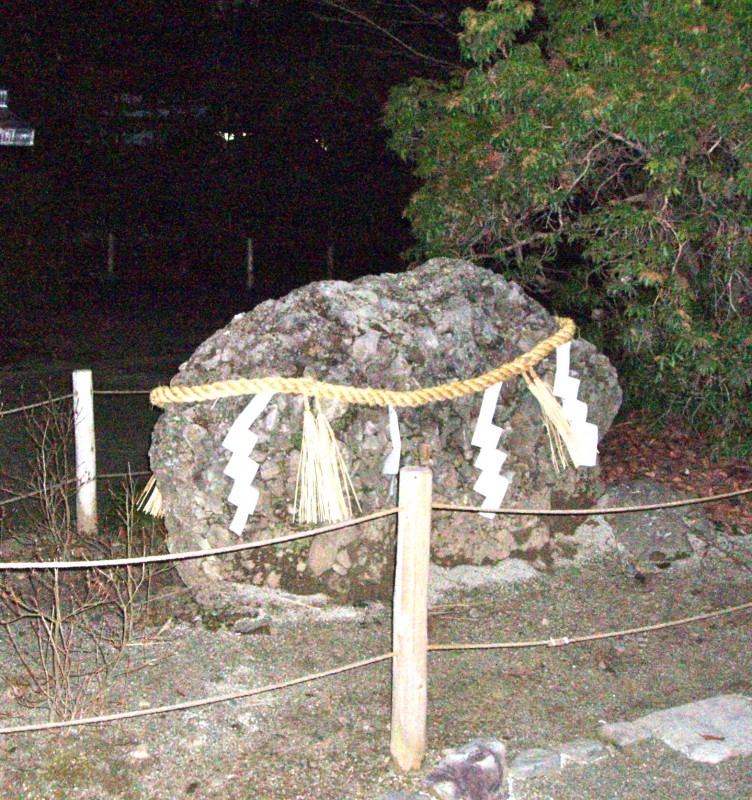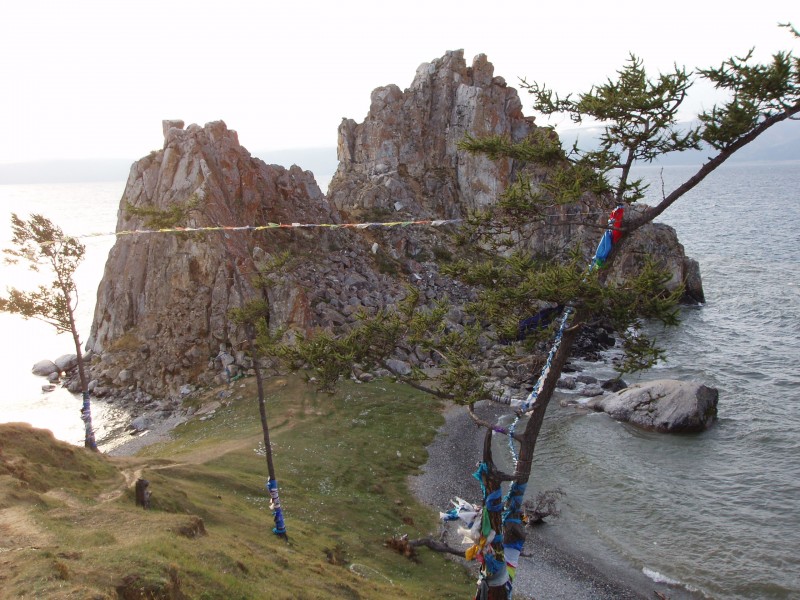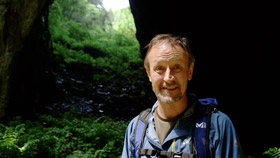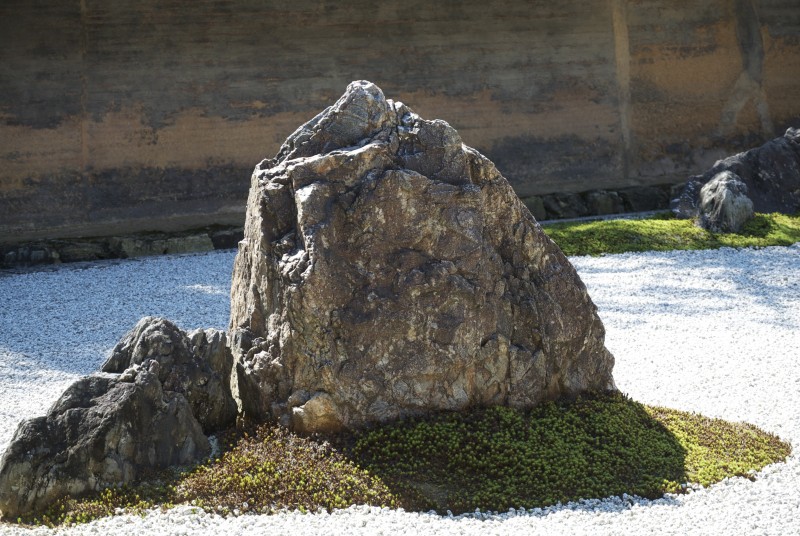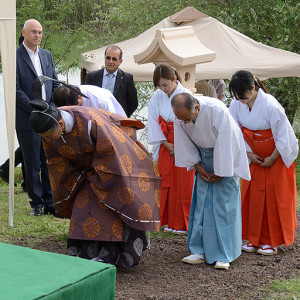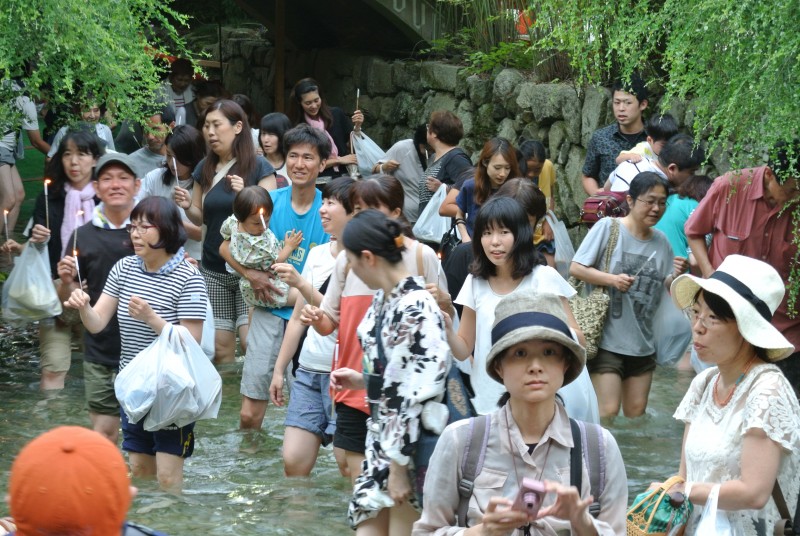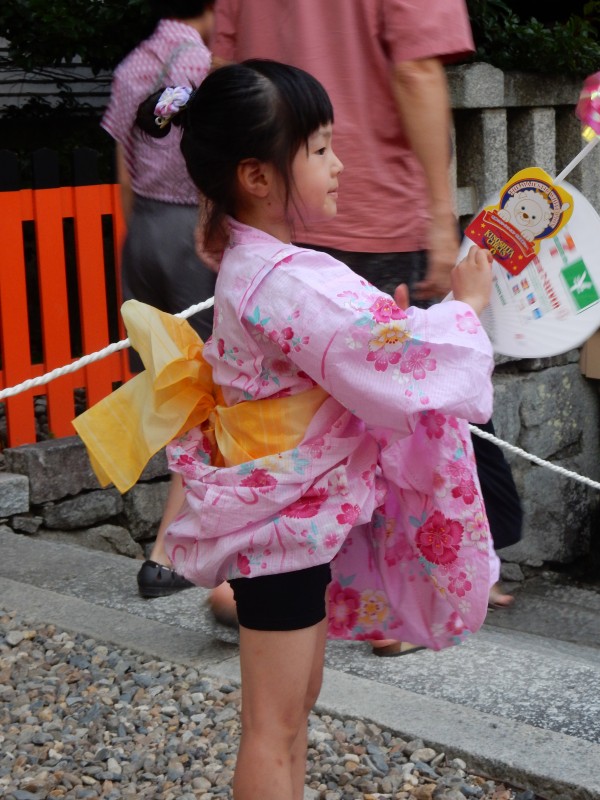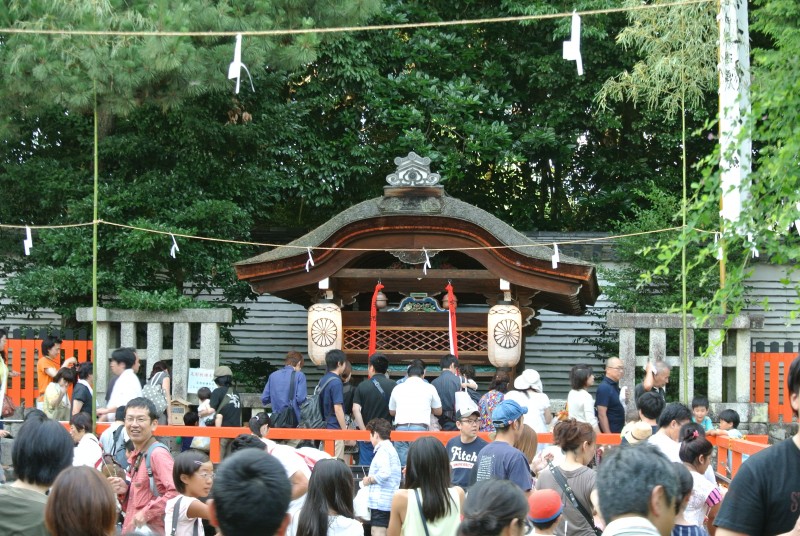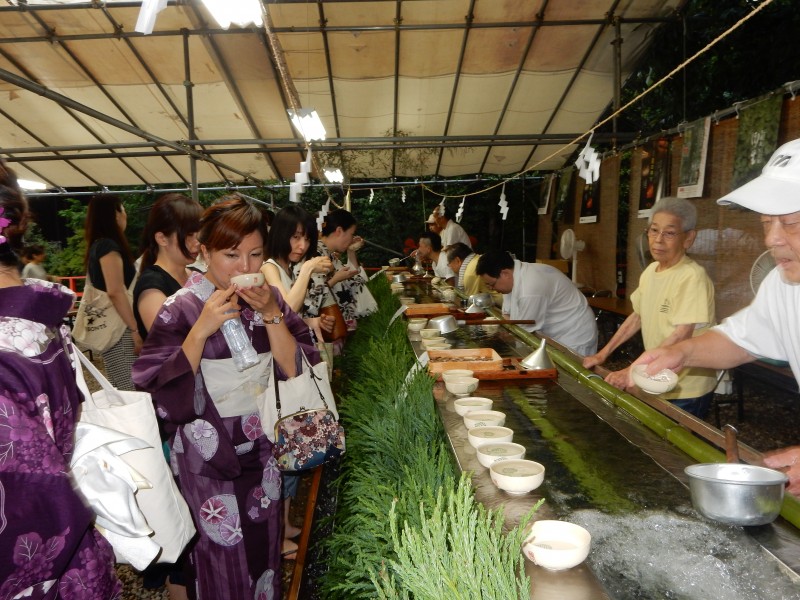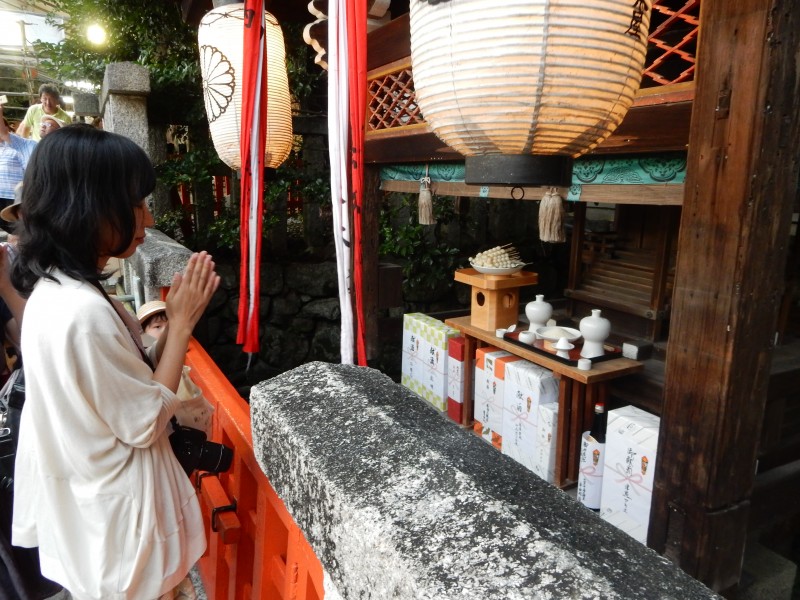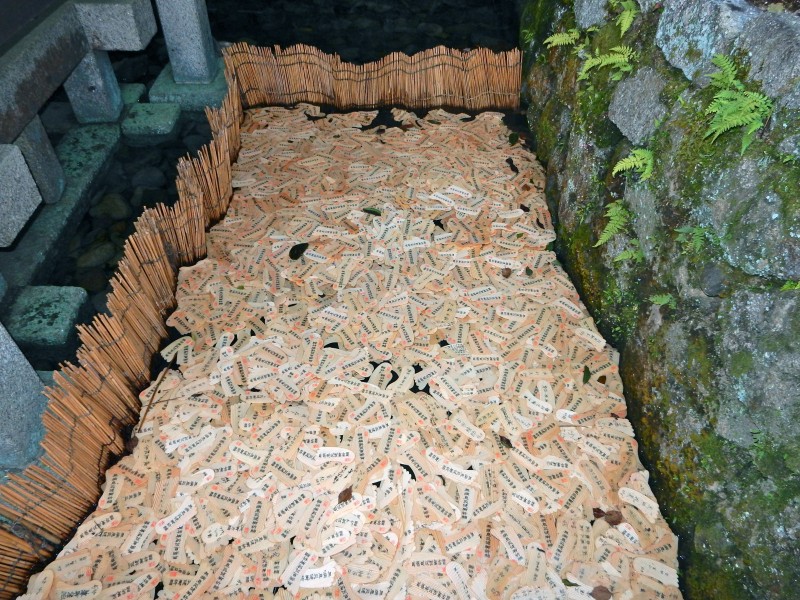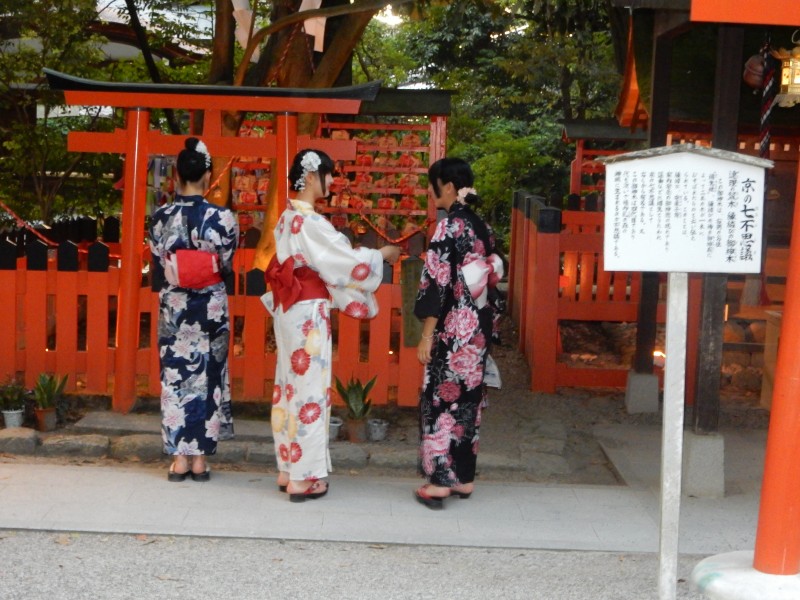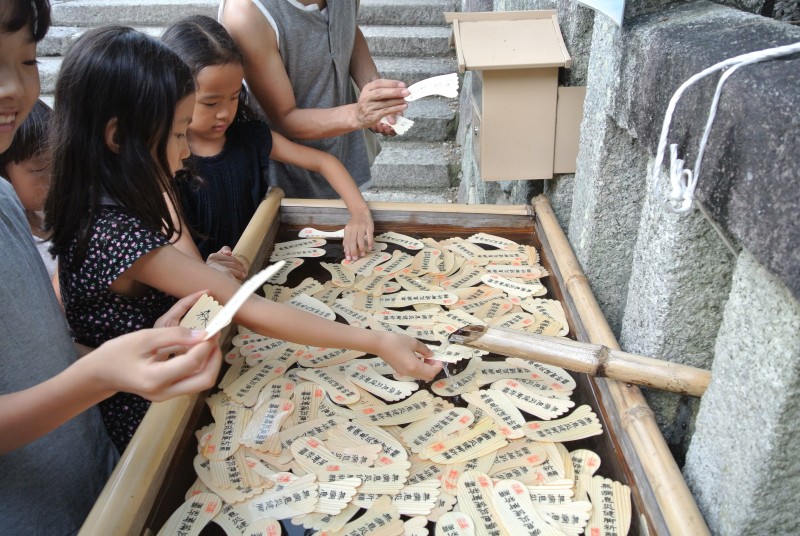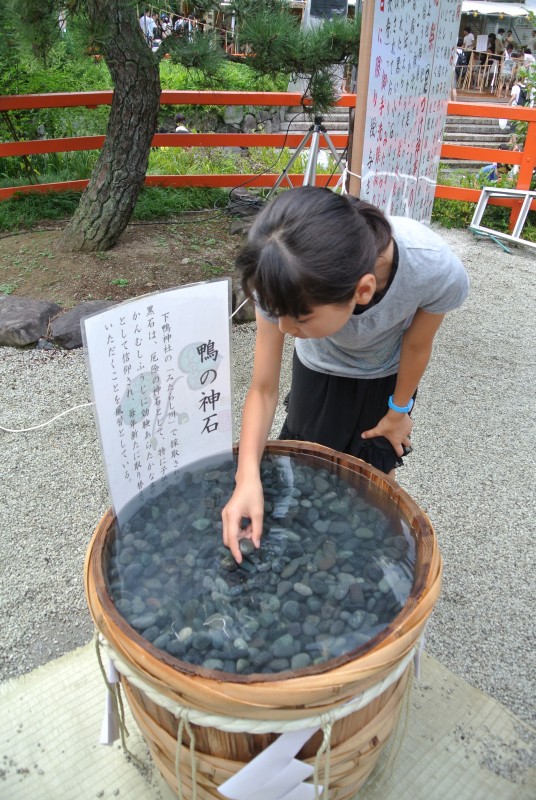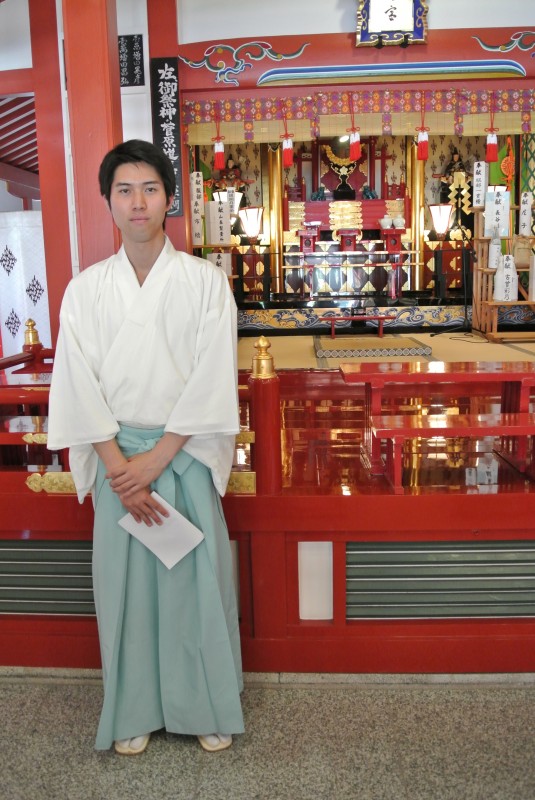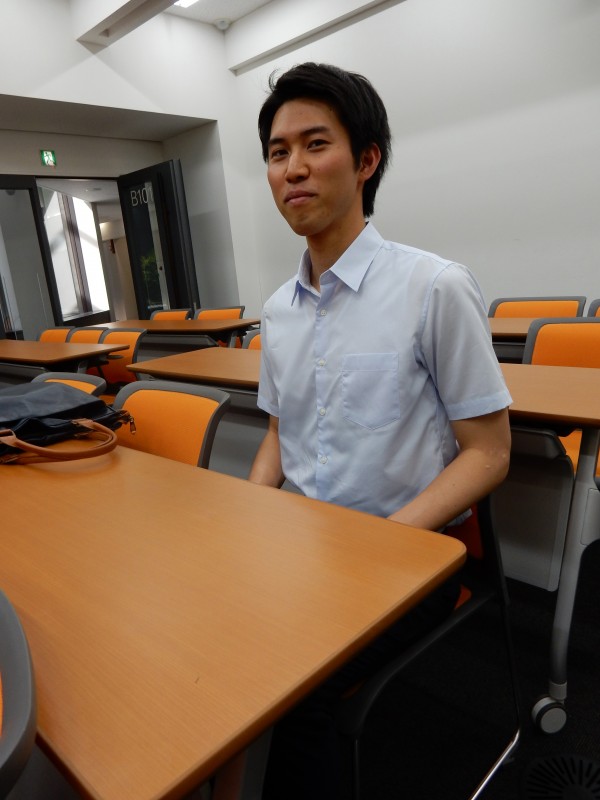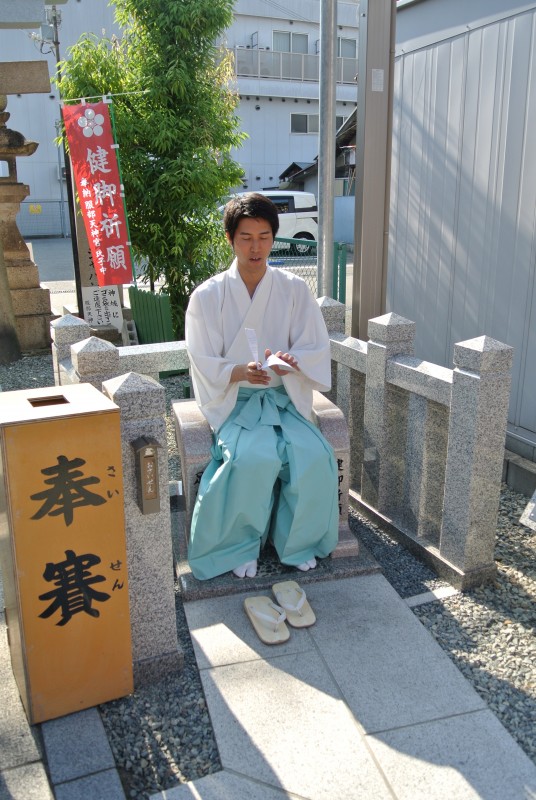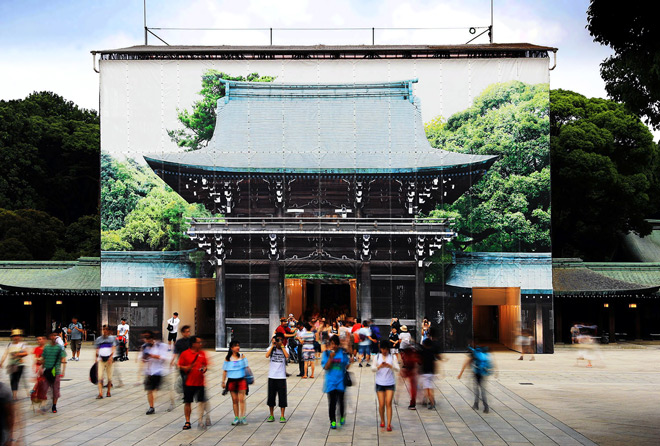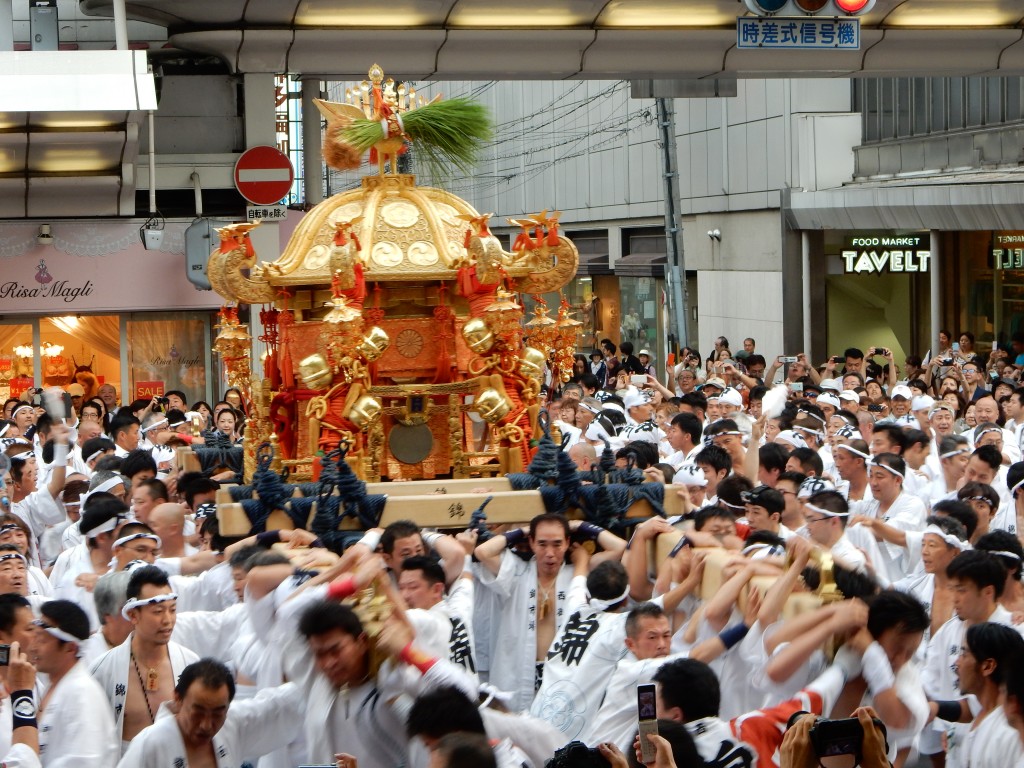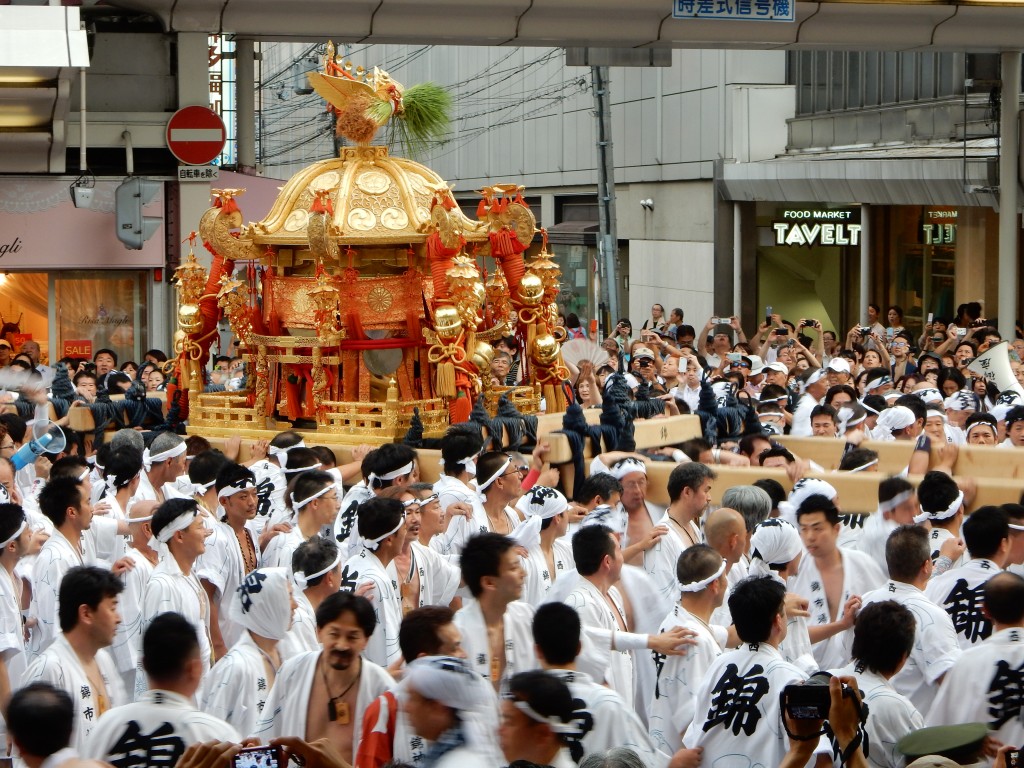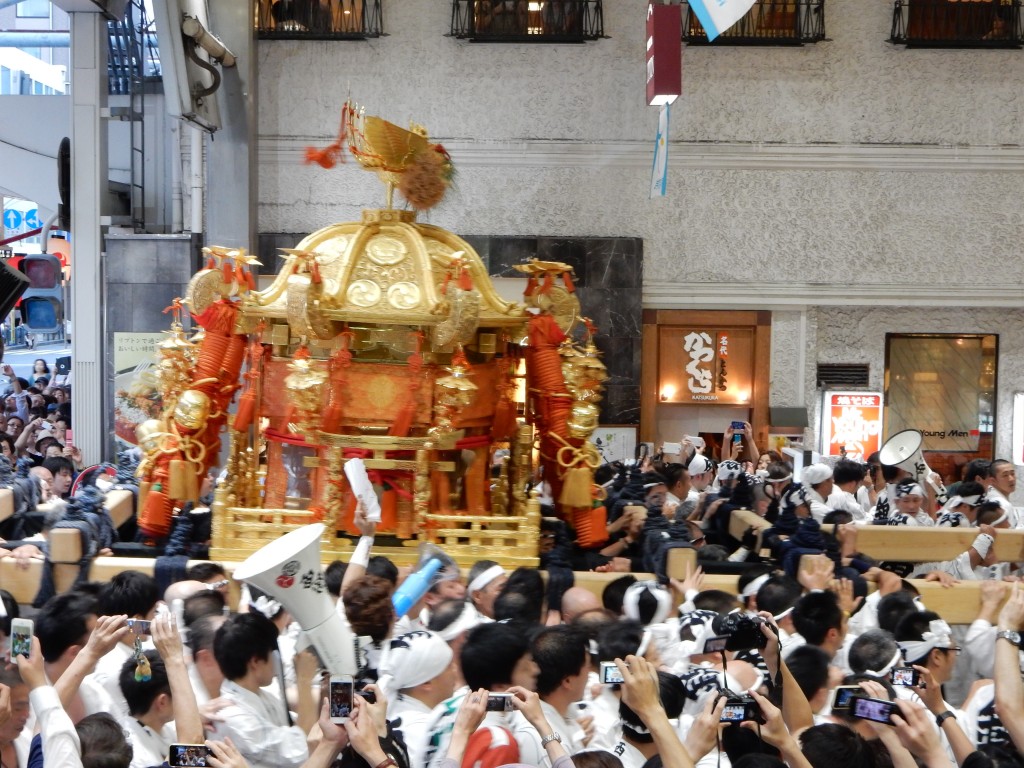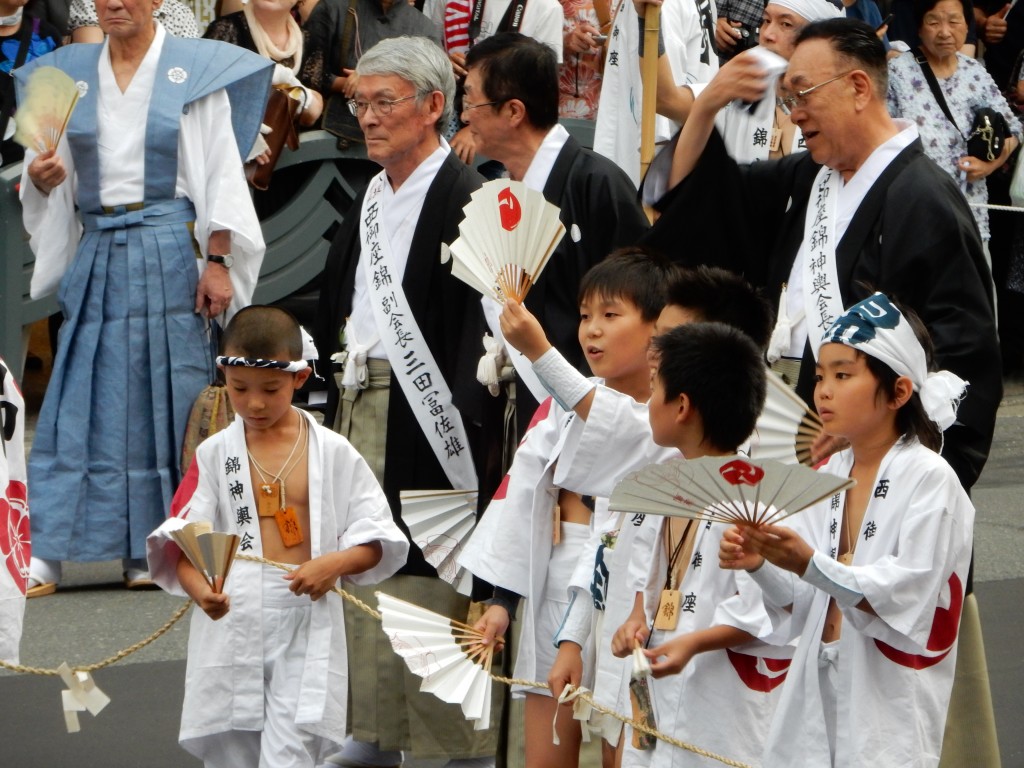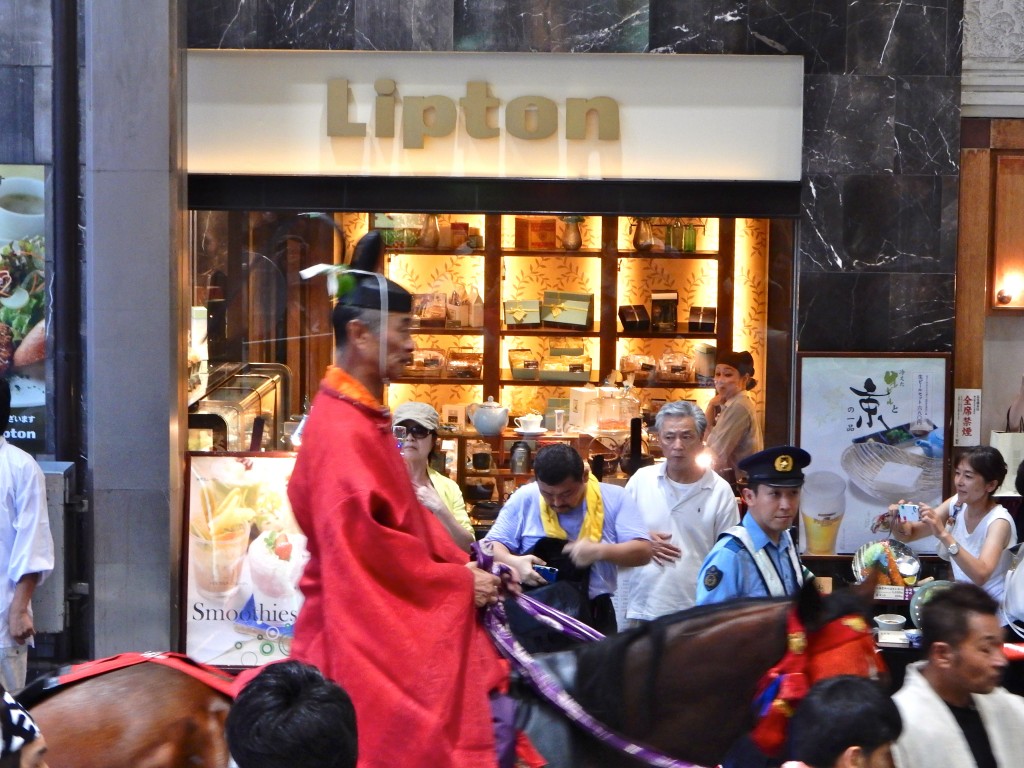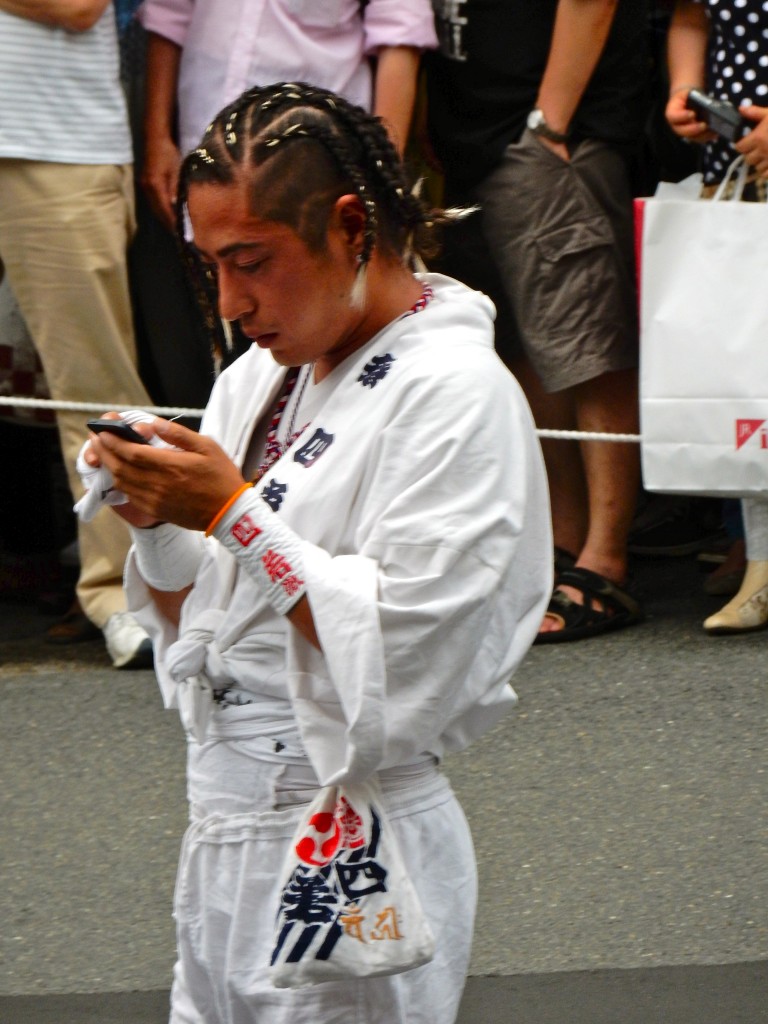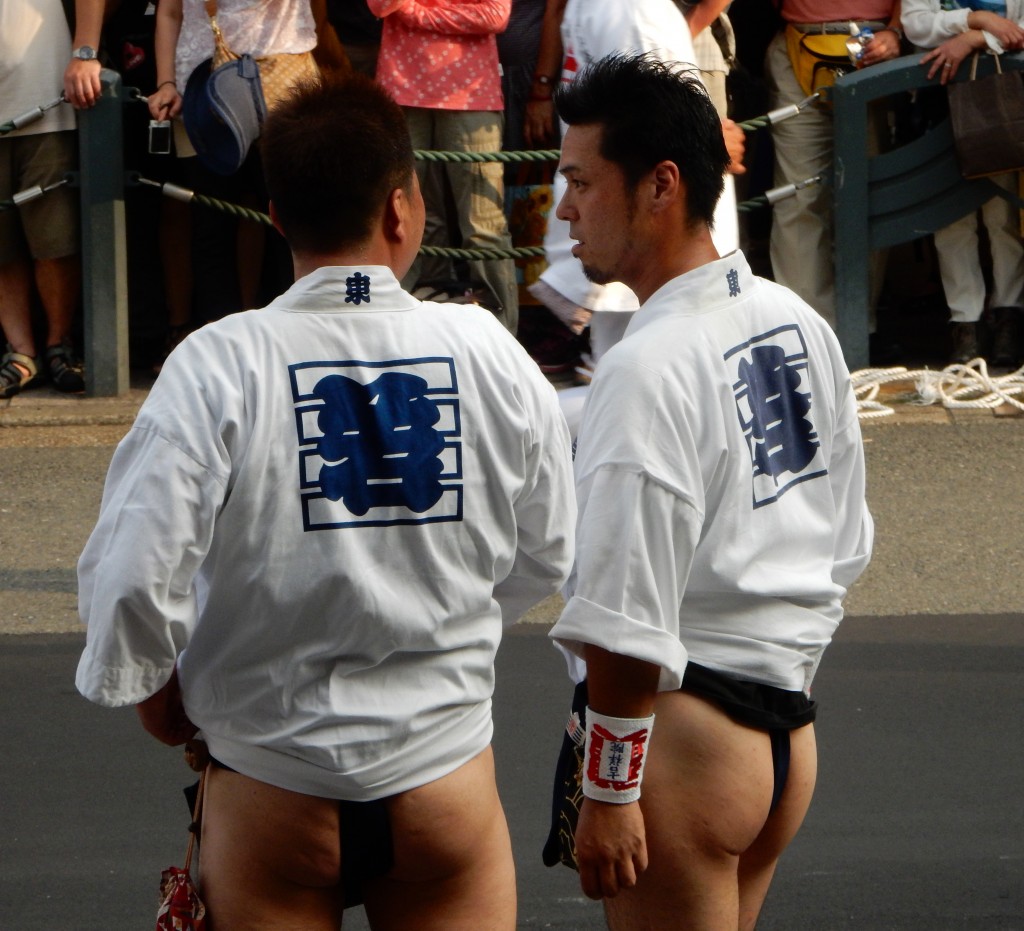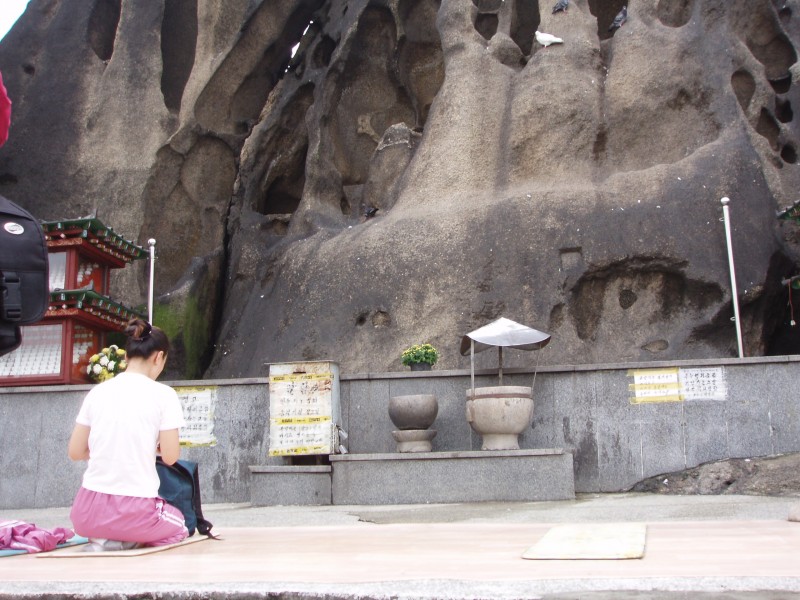
Rocks cry out to those who listen. Rock worship in South Korea, a relic of Altaic shamanism.
My holiday reading this summer includes a Japanese novel by Hikaru Okuizumi that won the prestigious Akutagawa Prize after it came out in 1993. The Stones Cry Out is the English translation by James N. Westerhoven, published in 1999 by Harcourt under their Harvest Book imprint. It’s a short story of a WW2 soldier who survives harrowing experiences and finds postwar solace in collecting rocks. But then violence strikes his family and he’s forced to confront his memories of the past to overcome the tragedies of the present. The writing is deceptively lucid, masking hidden depths and profound feelings. (For an excellent short review, see here.) Remarkably, the author was born in 1956, but he is unafraid to tackle the realities and consequences of Japan’s wartime struggle.
What interested me most about the book was its treatment of stones, which play a crucial role in the protagonist’s life as he becomes consumed with collecting different kinds of rock. ‘Even the most ordinary pebble has the history of this heavenly body we call earth written on it,’ runs the narrative. In the passage below the author expands on the theme, casting light on the rock worship from out of which early Shinto developed. For those of us with a sympathetic interest in the pre-imperial roots of the religion, the writing here is compelling and fully bears out the dictum of Alan Watts that ‘rocks are not dead’. This is simply the best piece of writing about the deeper significance of rocks that I have come across.
*******************

Stones on the top of a torii mark the visit of pilgrims. What stories do they have to tell?
Here is how the book begins…
Even the smallest stone in a riverbed has the entire history of the universe inscribed upon it. The reason Tsuyoshi Manase became a fanatic collector of stones can be traced back to words spoken to him by a dying man during the Second World War, in mid-December 1944, in a cave in the middle of the tropical forest above the Bay of Carigara in Leyte.
The man was wasted by malnutrition and amoebic dysentery, and his face resembled a skeleton of wires covered by parchment. Only his eyes moved, restlessly. These eyes he now fixed on Manase. With his emaciated fleshless fingers that seemed more like roots to Manase, the man picked up a stone from the ground. This should be classified as green chert, he said in a magisterial tone, as if he were addressing a group of students. The cave was formed when bedrock from the Paleozolic era rose to the surface and was eroded by the sea. Later, during the Quarternary era, the sea withdrew and left the cave in the midst of jungle. Thus the walls around them were probably full of fossilized marine organisms. If you were to examine this little piece of rock under a microscope, the man informed Manase, you would be sure to find radiolarians and the like. His lecture continued more or less as follows:
“You normally don’t pay much attention to the stones you see by the side of the road, do you? Oh, perhaps if they’re stones you can use for your garden, or your house, say, but in general you don’t give much thought to them. You just think of them as meaningless objects scattered in the mountains, rivers, and fields. Even if they’re in the way, it doesn’t occur to you that they might be worth picking up and studying. Well, you’re wrong, you know. Even the most ordinary pebble has the history of this heavenly body we call earth written on it. For instance, do you know how rocks are formed? Rocks are formed when red-hot magma cools off and solidifies into rock; rock erodes under the influence of wind and weather on the surface of the earth. That’s how you get stones. Stones are eventually ground into sand, sand into soil; then stones and sand and soil are carried away by streams and settle on the bottom of lakes, fens, or the sea, where they once again harden into rock. That rock crumbles and changes back into stones and sand and soil, or it may be pushed deep beneath the surface of the earth and, under the influence of heat and tremendous pressure, reborn as rock, in all shapes and sizes; or sometimes it melts into magma and returns to its origins. The form of minerals is never static, not for a second, on the contrary it undergoes constant change. All matter is part of an unending cycle. You know of course that even the continents actually move, though at an imperceptibly slow pace.
“What I’m trying to say is, the tiny pebble that you might happen to pick up during a walk is a cross-section of a drama that began some five billion years ago, in a place that would later come to be called the solar system – a cloud of gas drifting idly through space, growing denser and denser until after countless eons it finally gave birth to this planet. That little pebble is a condensed history of the universe and keeps the eternal cycle of matter locked in its ephemeral form.”
********************
The words have such an impact on Manase that in a later passage when talking to his younger son, he repeats them verbatim. The son is a 1960s revolutionary, and far from being impressed he berates his father for stating the obvious and missing the point. ‘Fooling around with pebbles is not real science… it’s people like you that are making a mess of this world, with your indifference to what’s essential. You’re the ringleaders.’
Taken aback by the surety of youth, Manase is unable to answer. What he wants to say, however, is a tribute to the allure and awesomeness of rocks:
The feel of each separate stone in your hand. Its smell. Its taste. The mysterious colors and shapes of crystals and groundmass polished to a section. The miraculous accumulation of strata slumbering under the darkness of the forest, sculpted by water over millions of years. The breathing of minerals, noticeable only to those who venture alone and on foot into the deserted mountains. The order of the universe, unknowable until you have experienced it with all five senses. That wonder, that exhilaration, that awe, and more than anything, that endless sea of summer light – if only he could make his son see these things. But they were impossible to express in words. His eyes burnt with regret and sadness.
Ironically, I myself was once something of a 1960s revolutionary who thought political change would right the wrongs of the world. Those harsh words of the son could have been mine. However with the experience (wisdom?) of age, I’m more inclined to share the perspective of the father. My generation used to believe rock was a means of revolution; now I see it rather as something that speaks to the eternal. The ancients who roamed Japan’s coastlines and riverways also realised that, for they could see beneath the surface of the rocks by which they were surrounded. Unlike urbanised modern man, they well knew that stones cry out to those who listen.
*****************
For more of Green Shinto on rocks, please look at the relevant category in the righthand column. For the best overview, take a look at this one, and for the inspirational words of Alan Watts click here.
*****************
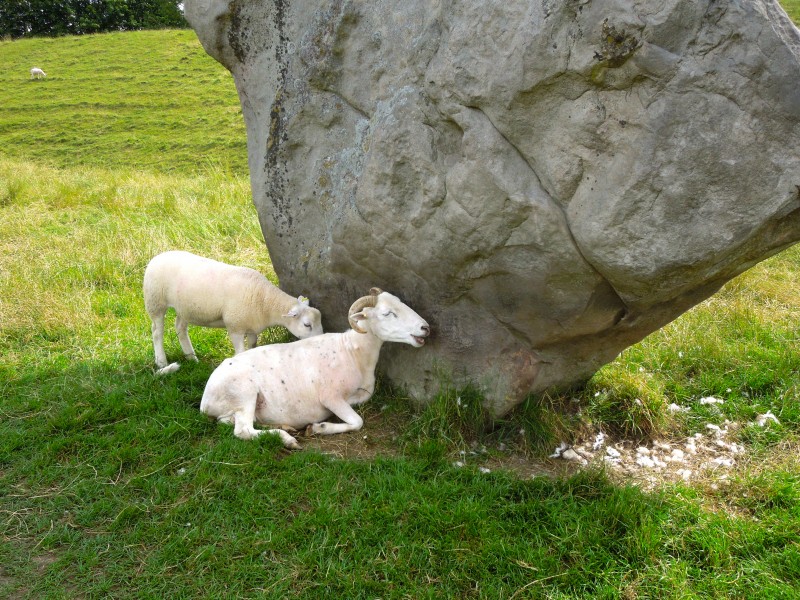
Sheep feeding off the power of a sacred rock in Avebury, England,
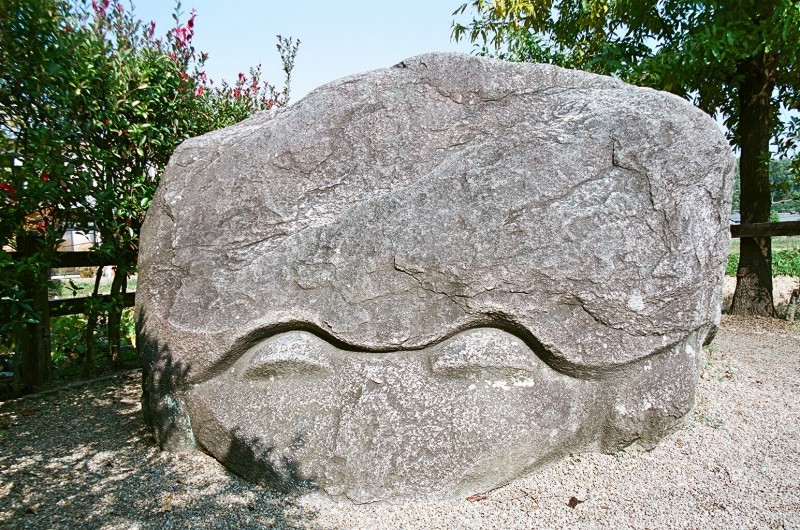
One of the alluring rocks Kara Yamaguchi came upon in her quest to find Japan’s power spots
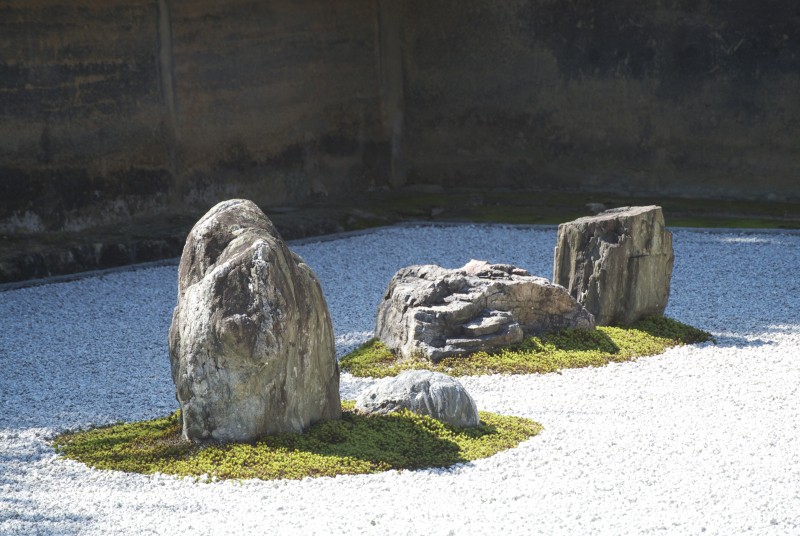
Some of the most famous rocks in the world – in the Zen garden of Ryoan-ji. Spots of time in a sea of eternity, or enigmatic symbols of the lifeforce?

